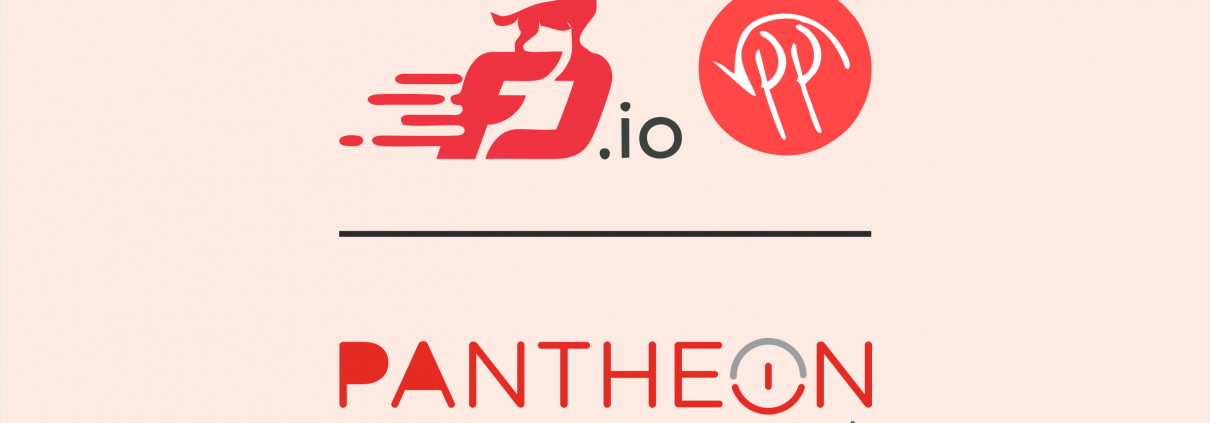[Guide] Intro to Vector Packet Processing (VPP)
Welcome to our new series on how to build and program FD.io‘s Vector Packet Processing framework, also known as VPP.
The name stems from VPP’s usage of vector processing, which can process multiple packets at a time with low latency. Single packet processing and high latency were a common occurrence in the older, scalar processing approach, which VPP aims to make obsolete.
What will this series include?
This four-part series will include the following features, with the ultimate goal on getting to know your VPP framework and adapting it to your network:
Why should I start using Vector Package Processing?
The main advantages are:
- high performance with a proven technology
- production level quality
- flexible and extensible
The principle of VPP is, that you can plugin a new graph node, adapt it to your networks purposes and run it right off the bat. Including a new plugin does not mean, you need to change your core-code with each new addition. Plugins can be either included in the processing graph, or they can be built outside the source tree and become an individual component in your build.
Furthermore, this separation of plugins makes crashes a matter of a simple process restart, which does not require your whole build to be restarted because of one plugin failure.
For a full list of features, please visit the official Vector Package Processing Wiki.You can also check our previous installments on VPP integration.
Preparation of VPP packages
In order to build and start with VPP yourself, you will have to:
- Download VPP’s repository from this page or follow the installation instructions
- Clone the repository inside your system, or from VPP’s GitHub
Enjoy and explore the repository as you wish. We will continue exploring the Binary API in the next part of our series.
You can contact us at https://pantheon.tech/
Explore our Pantheon GitHub.
Watch our YouTube Channel.



